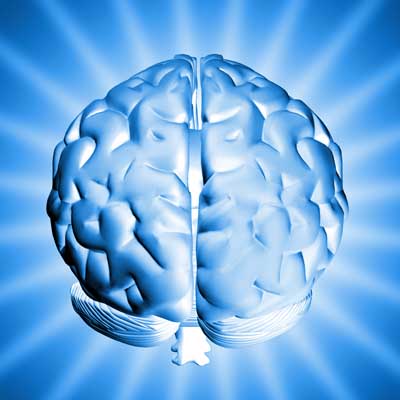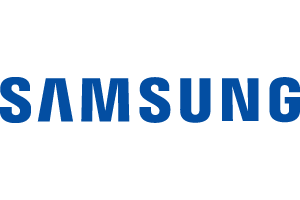10 Gartner Technology Trends For 2016 And The Impacts On Solution Providers
Submitted by Lindsey O'Donnell on

Advanced System Architecture
As more digital devices and smart machines hit the market, these technologies require high-powered and ultra-efficient architecture to work in organizations. This architecture is powered by field-programmable gate arrays (FPGAs) and is rapidly developing to be able to run at quicker speeds.
"Systems built on GPUs and FPGAs will function more like human brains that are particularly suited to be applied to deep learning and other pattern-matching algorithms that smart machines use," said Gartner's Cearley. "FPGA-based architecture will allow further distribution of algorithms into smaller form factors, with considerably less electrical power in the device mesh, thus allowing advanced machine-learning capabilities to be proliferated into the tiniest IoT endpoints, such as homes, cars, wristwatches and even human beings."
WHAT SOLUTION PROVIDERS NEED TO KNOW: As machine learning and FPGAs develop in the IT industry, solution providers with security services in particular should be prepared for customers to begin questioning how to safeguard Internet of Things endpoints such as wearables and automotives.






